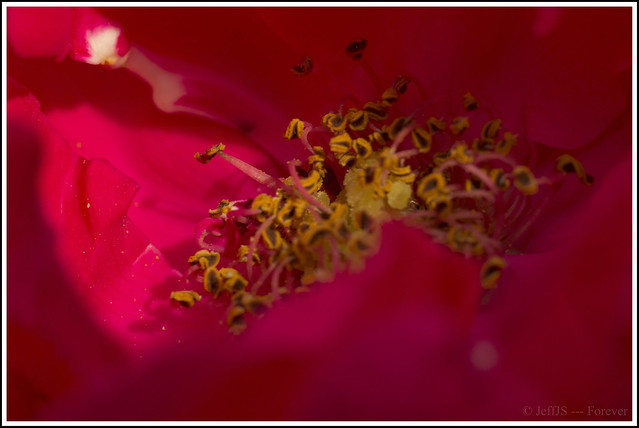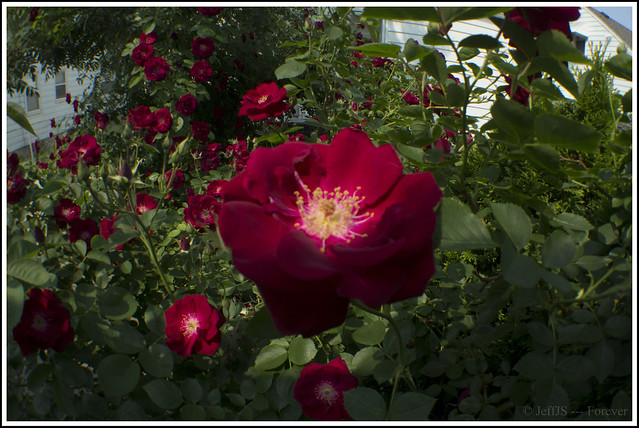No. It doesn't mean that. Not in the way you may be thinking. The smaller the number the wider the lens. To get an idea, form a rectangle with your hands, thumb to thumb, index finger to index finger. That will approximate the dimensions of a photo. Close one eye while looking through the center of that rectangle holding your hands close to your face. Now move your hands further away from your face. Note the different view inside that rectangle at the two different locations. The one closer to your face is the wide angle (18mm) type view, the one further away, could be thought of as the 300mm view (though that actual view will be smaller). All lenses have a minimum focus distance and it depends more on the actual lens than the 'mm'. Other factors are also affected by focusing distance.
Wider angle lenses are typically able to focus closer than long lenses (300mm). You can get pretty close with the 18mm end of the kit lens but it will not be macro. I think the kit lens has a 1:3 magnification ratio which means, that you will get 1/3 life size for your images. True macro lenses will do 1:1 or full life size. What that means is this. The image recorded on your sensor will be exactly the same size as the object you are photographing. At 1/3, it will be 1/3 the size of whatever you are photographing.
This, is close to a 1:1 macro photo (it's a rose) taken with a 50mm 1:1 preset Takumar (pentax) lens.

This photo was taken with a 20mm lens.

Both photos are the full actual photos taken. That is, many times one will crop (cut part away) a photo to focus more on a given subject. These photos are uncropped. There are a lot of ways to get macro photos but the two kit lenses aren't 'macro' or even close focusing lenses.
To further illustrate the Magnification ratio, look at these.
http://www.rolleiman.com/Photos/HelpandStuff/100mmf28WR/
These were done with a 100mm 1:1 macro at 1:1, 1:2, 1:3, and 1:4



 Similar Threads
Similar Threads 




















